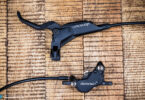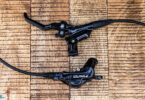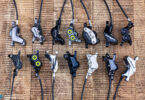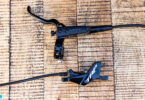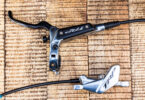ENDURO Long-Term Test 2015 | Rocky Mountain Thunderbolt BC

The clock is ticking and the Rocky Mountain Thunderbolt BC Edition has now been under the leadership of our long-term tester Andi for fourth months, making it high time for an interim report. The question on everyone’s lips now is whether the Thunderbolt lives up to its steep 6,500 € price tag?
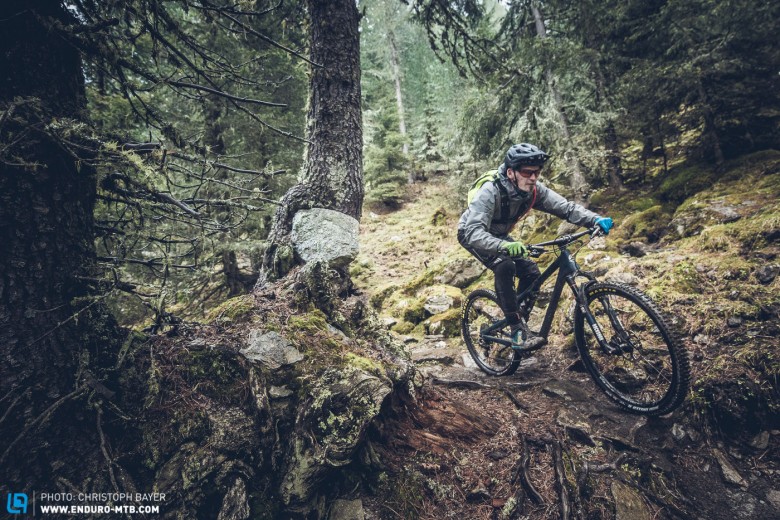
I can still remember those very first few kilometres that I rode on the Thunderbolt BC Edition and the impression it left on me: damn, this isn’t half a rocket! And even after 1,800 km of forest tracks, trails and mountain rides, not much has changed. Whether I’m grinding up an infinite gravel climb, reveling in a fast flow trail or chattering down a technical Alpine trail, the bike is still a pleasure to ride even though it doesn’t have a huge amount of travel.
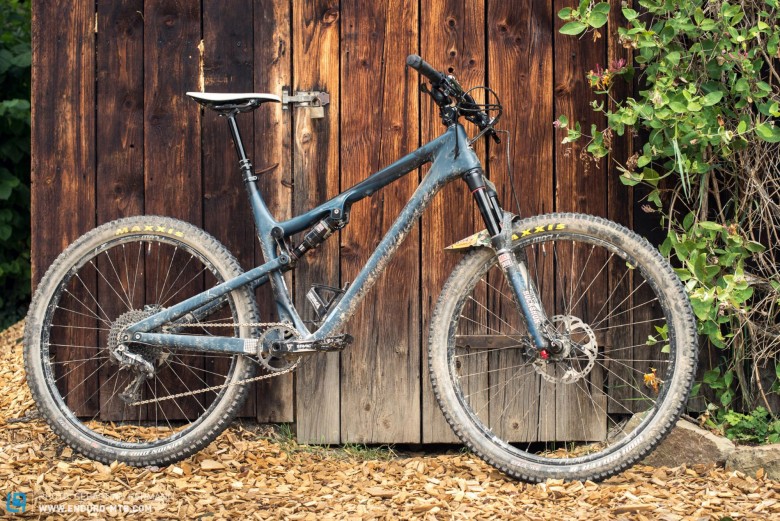
Spec
Named BC for British Columbia, Canada, where the trails are legendary and demanding on both the rider and the bike, it therefore comes as no surprise that the Rocky Mountain BC Edition features a list of components that are so finely honed for use on the trails, comprised exclusively of the most proven, considered and stable parts. For a detailed look at the outstanding spec check out this article, and there’s not much left to report. With its 50 mm stem and 760 mm bars, the Race Face cockpit measures up perfectly for me, as do the crank lengths and adjustment for the dropper post. After about 500 km the seat post began to show signs of slight play, which hasn’t increased as I’ve ridden it further, though. Shifting, braking and suspension all work flawlessly, although the PIKE is inching closer to its service date. The Stan’s wheels remain true, the bearings are playfree and the rims are still perfectly intact.
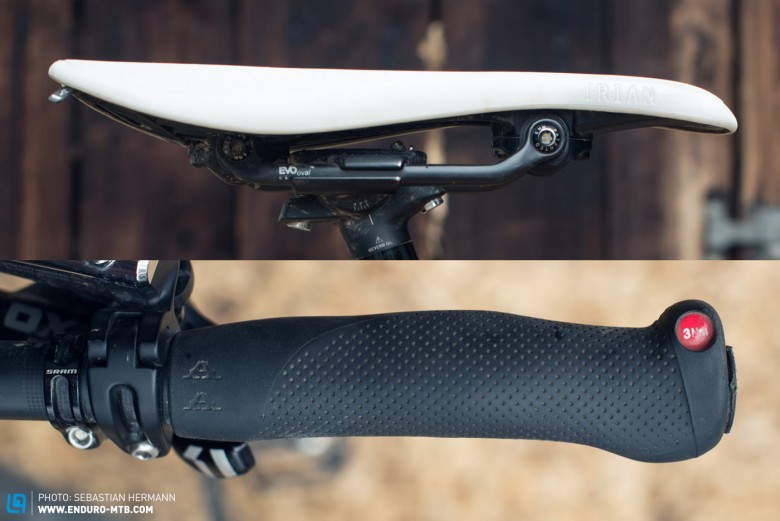
As your choice of saddle and grips is a question of personal taste, I’ve opted for ones that suit my preferences. Similarly, I was after more grip – particularly on Alpine trails – so I exchanged the tyres too, staying true to Rocky Mountain’s original choice of Maxxis but selecting the more aggressive combination of a rear Minion DHR II and a Highroller II at the front, over the original Ardents with their more moderate tread. Thanks to the EXO carcasses, tubeless conversion and the proven ZTR Flow EX rims, I have managed to completely avoid any punctures – exactly how it should be!
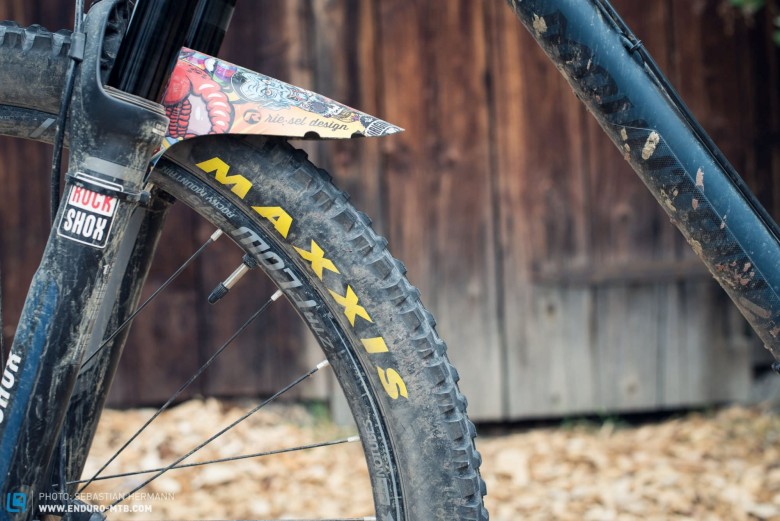
Geometry
The Thunderbolt BC’s geometry deserves its own extra paragraph, if I’m being honest. With the RIDE-9 adjustment chip at the upper shock mount, Rocky Mountain struck lucky. Not just significantly changing the character of the bike, the adjustment also results in a successful alternation of the suspension rate at the rear. As there are nine different positions, it’s wise to acquaint yourself with how each one performs and the Rocky website offers exemplary guidelines on the topic. It should perhaps be mentioned that the system is not ideal (or intended) for rapid on-the-go changes (although they are simple to perform), but it is more concerned with your fundamental choice between efficiency and ability over long rides and getting the maximum fun out of the bike on trails.
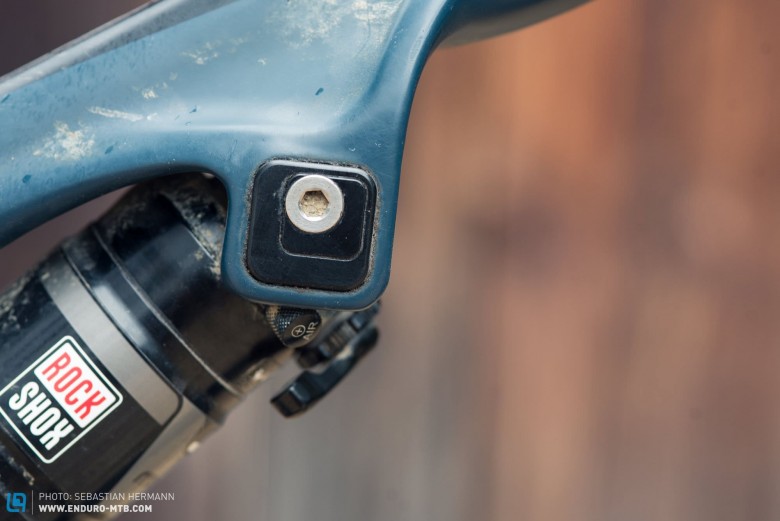
The bike essentially has three geometry set-ups, (steep, regular, slack), ranging from an agile 68.2° head angle, to the (for a trail bike) super slack 66.5°, and with three mount points per position the suspension rate can be tuned to the rider’s weight, changing the progressiveness of the rear. I’ve worked my way through all of the nine combinations, ultimately settling on the slacker position for lighter riders. With the slackness, the Thunderbolt doesn’t sacrifice much of its agility while still offering a more stable ride at high speeds – given its downhill-orientated spec, this also seems to suit the bike the most. The position for lighter riders gives a little lesser progressive suspension and suits my more fluid riding style and body weight (75 kg).
Suspension and characteristics
Little needs to be said about the performance of the RockShox PIKE with their 130 mm of travel; they work in harmony with the 120 mm rear of the Rocky Mountain and their RCT3 adjustment options share exactly the same aim as the RT3 levels of the Monarch. Once both are in the open setting, the balance is perfect without either of them showing any signs of excessive under or over-damping.
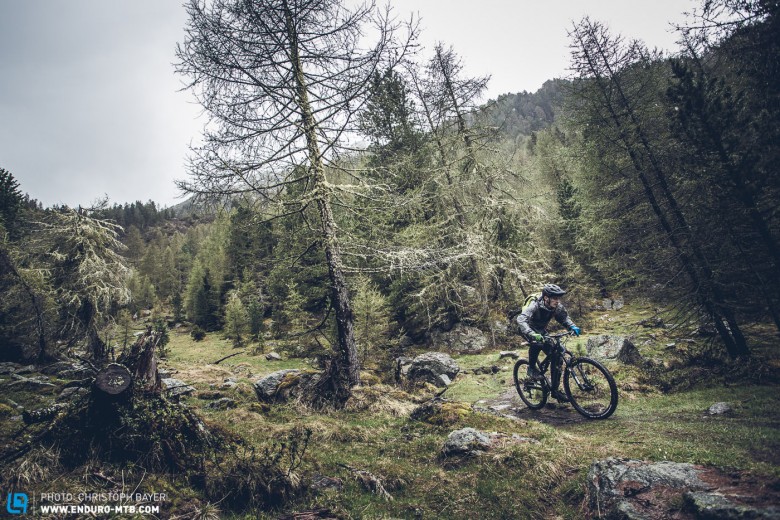
Either in the trail setting or even completely locked-out, the XC genes in the Thunderbolt BC are apparent. Even in the slackest RIDE-9 position, the BC climbs willingly and effectively. Once the trail gets steeper though, the front end almost tries to buck you off – but considering that I’m riding with a 32-tooth chainring, I’m on my physical limit on those sorts of steep climbs anyway. If it really bothers you, or if you ride with a smaller chainring, the option would be to change the RIDE-9 position to neutral or steep, thus minimizing the issue.
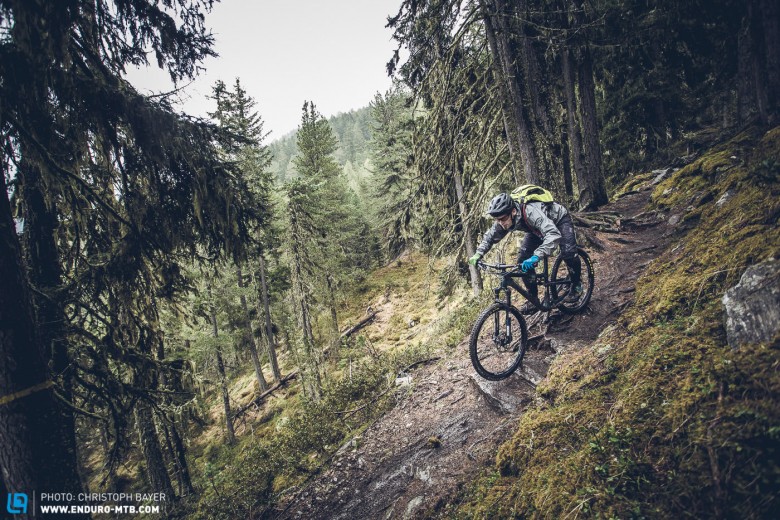
Descents are where the Rocky Mountain’s strengths play out best, as it uses every single millimeter of travel so efficiently without ever using more than necessary, and constantly feeling as though it’s the most generous and forgiving around. On super gnarly Alpine trails, you do notice that you’re only dealing with 120/130 mm – this isn’t an enduro bike, I’m reminded. Veering towards progressive as an overriding characteristics, there’s always a good dose of ‘pop’ and the super short 422 mm chainstay means it handles like it is on rails and as responsive as a fighter jet. The head angle in the slack RIDE-9 position is 66.5°, rendering it enduro-worthy, and therefore stable and confidence-inspiring as you take on high speed sections and steep parts.
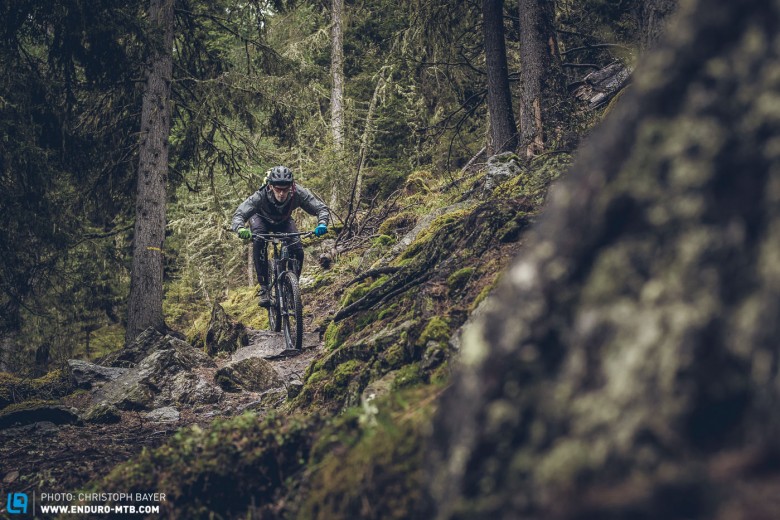
The steepest position puts the Thunderbolt out there with a head angle of 68.2°. Alongside the obvious uphill and longer distance advantages, it also transforms into a super agile, playful for flatter trials, while requiring more accurate line choices – its tolerance for mistakes is significantly reduced and the bike can get a bit twitchy at high speeds.
Durability
As mentioned, all of the stock components are still functioning really well, aside from the slight lateral play in seat post and the fact that the RockShox PIKE – having ridden around 45 hours on the trails already – are getting a little agitated for a service. The breakaway torque has increased slightly, and they have a tendency to hang in the SAG a touch after coming to a halt. But these things don’t impact on the riding and should be solved with a service.
I was excited to see the frame’s bearings initially as Rocky Mountain have done away with regular cartridge or needle bearings, and exclusively use bushings, which can be easily greased via their grease nipples. This saves a little weight and should result in a longer lifespan. It all sounded very promising to me, but after around 500 km, the Thunderbolt start to creak, though got better after a while. However, after three days of hot, dusty trail riding, it reached the point when I had to take action. No problem, I thought, I’ll use the grease gun and order will be resumed. But as we didn’t have a grease gun, we quickly took apart the top bushing and greased it by hand. This was where we really noticed that the seals could be much tighter as even with just a little contact they roll out of their position – which does happen if it touches your leg whilst riding. This explains the increased volume of the creaking on those dusty rides. Despite the seals not always sitting correctly, the interior of the bushing looked fairly undamaged from the contaminants that had got in, just showing slight abrasion of the black anodized finish on the sleeves. We cleaned it, then regreased it and peace has since reigned.
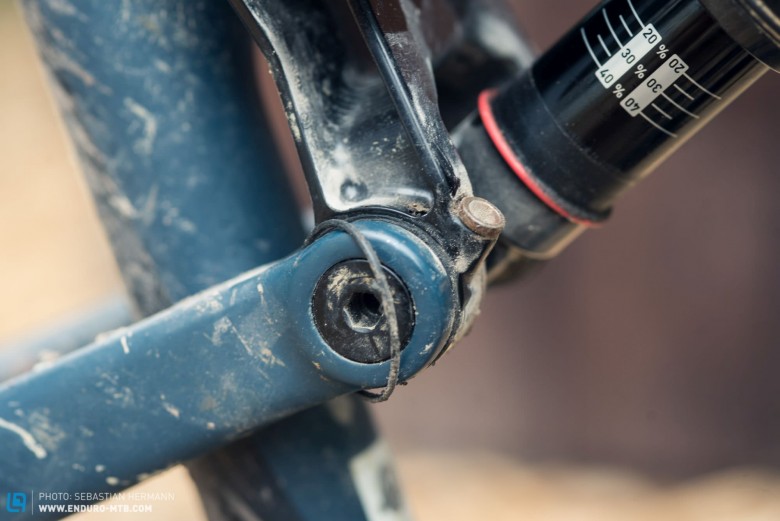
A short while later the lower bearings began to get a little noisy, but without a grease gun there’s little you can do to resolve the problem as the Pipelock system isn’t very self-explanatory to dismantle respectively without having guidelines – an item that we searched fruitlessly for on the website. However, we then got our hands on a grease gun and the Thunderbolt has ridden silently since them. Moreover, it’s a shame to see that the grease nipples are not made from stainless steel and therefore rust easily. This has no impact on their performance or lifespan, but seems out of place on a 6,500 € carbon bike. The rubber plugs that cover an alternative cable route are equally as misplaced on such a high-end bike, as they frequently loosen as you’re riding and end up lamely hanging – again, no consequences but still not the standard we’d expect.
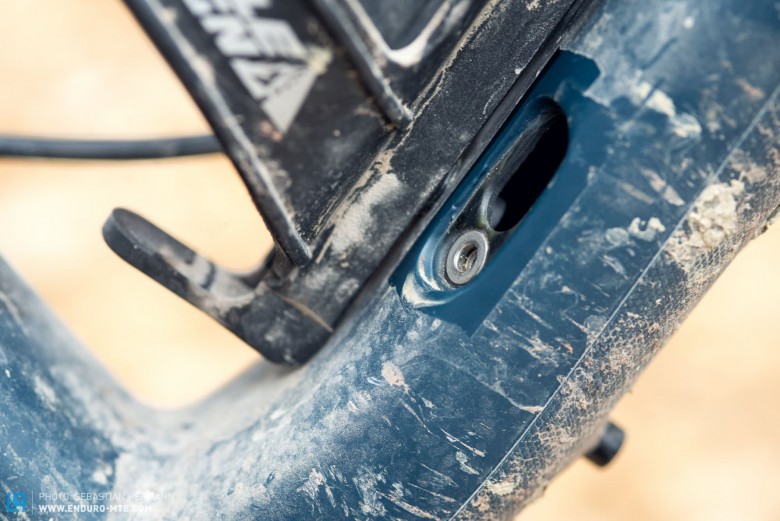
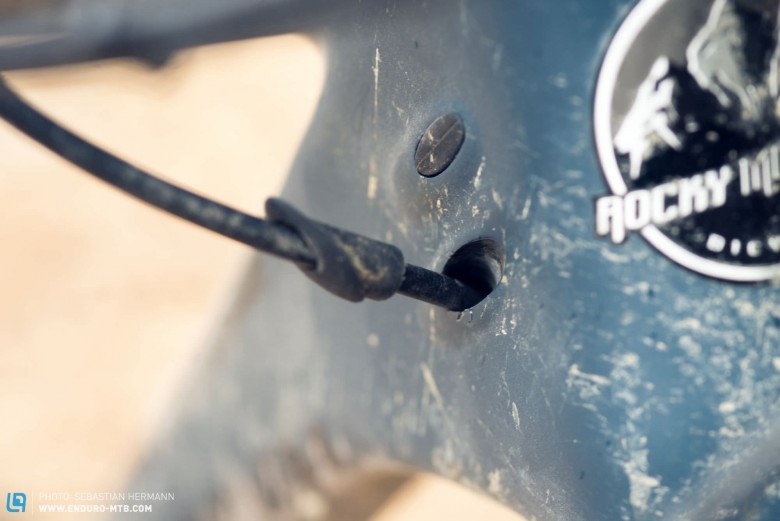
In short, there’s no else that merits a complaint other than the loose seals and the rubber covers. All of the bearings work without any sign of play, and run soundlessly as I regularly grease them every now and then, depending on weather and intensity. I think it would be fantastic if Rocky Mountain provided a grease gun with every bike sale – and it strikes me as reasonable for the price.
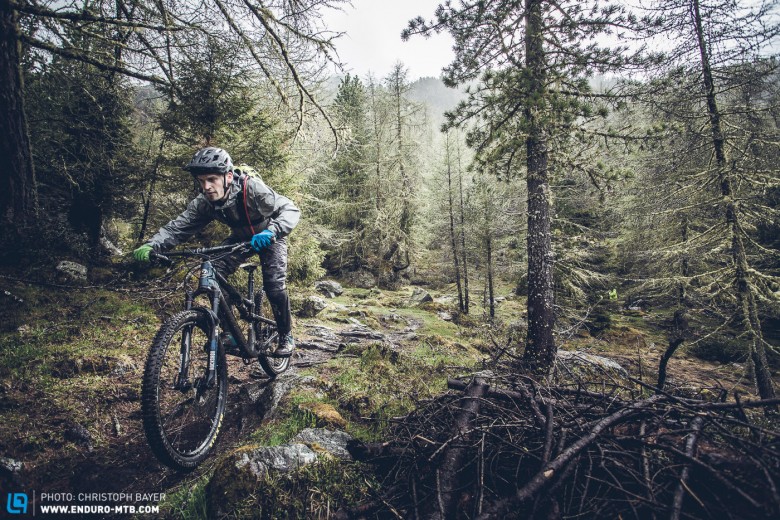
Interim conclusion
The price is a real point of contention when it comes to the Thunderbolt BC. Unquestionably brilliant as a bike, it’s so versatile when it comes to your riding style and terrain, and in 90 % of situations it nails its role as the perfect bike. And the spec is virtually perfect too, comprising of high quality, well considered parts that suit the character of the bike. But is it really worth 6,500 €? And as much I’d like to answer in the affirmative, I’m not sure I can bring myself to say it. Of course, the development, the material and the brand name take an unavoidable toll – so if money isn’t a question, then the Thunderbolt deserves your warm embrace. For everyone else with slightly tighter wallets and purses, I’d recommend carrying out an extensive test ride – then – trust me – you’ll end up loving it anyway.
For more info on the bike and its technologies, visit Rocky Mountain’s website.
All other bikes of the ENDURO Long-Term Test 2015 and its timeline can be found here.
Text: Andreas Maschke Photo: Christoph Bayer, Sebastian Hermann
Did you enjoy this article? If so, we would be stoked if you decide to support us with a monthly contribution. By becoming a supporter of ENDURO, you will help secure a sustainable future for high-quality mountain bike journalism. Click here to learn more.



